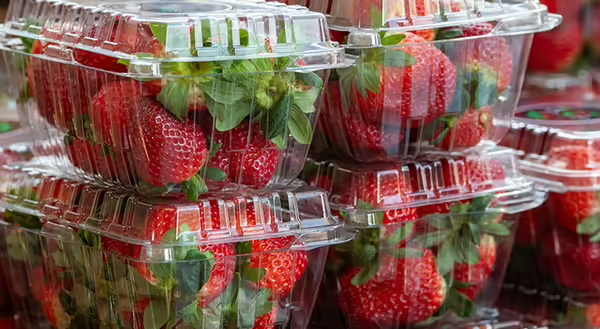
Fresh produce packing facilities come in different sizes and designs. Some maybe fully closed and others partially closed with a few legs and a roof. Some may be permanent structures and others temporary. Farms may also use their limited space to accomplish multiple activities which may include washing and packing fresh produce, having meals, and holding meetings among others. Regardless of your type of wash/pack area, it is important to take all possible steps to minimize contamination of fresh produce that is handled in that area. If food safety practices are neglected, fresh produce packing facilities can support the survival, growth, and transfer of foodborne pathogens to fresh produce, which may ultimately lead to foodborne disease outbreaks.
Waiting until the harvesting season to think about food safety practices to use in your wash/pack area may be too late. During your planning period, discuss the ways in which you will protect fresh produce from contamination before and after harvest. There are many food safety practices that can be followed to ensure fresh produce is protected from contamination after harvest. University of Illinois Extension has developed a food safety checklist that you can use to guide the planning, implementation, and documentation of food safety practices performed in your fresh produce packing facilities. The checklist has a total of 41 items categorized into four sections including facilities and construction, equipment and food contact surfaces, personnel and workers, as well as fresh produce and packing materials. You are welcome to customize this checklist to fit the context of your packing facility.
Additional resources
Fresh produce packing facility checklist pdf.
Flowchart: Washing fresh produce covered by the FSMA Produce Safety Rule pdf.
Video: The Idea wash Pack Facility